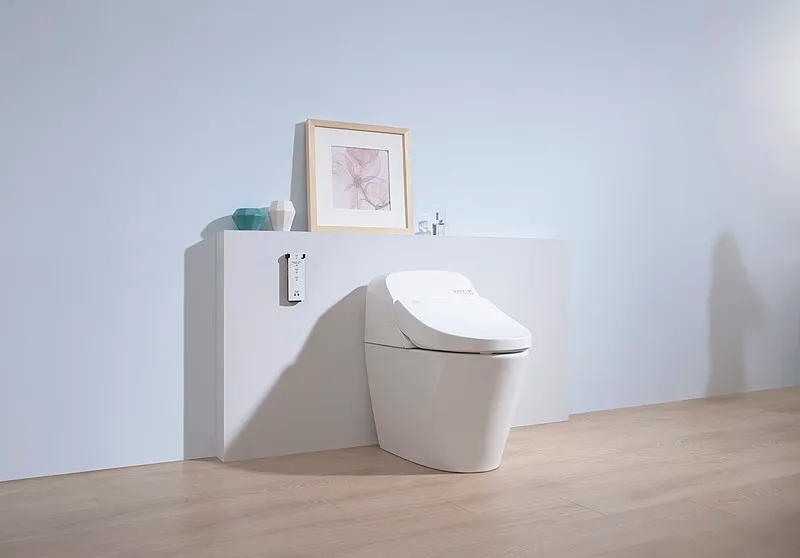Global Bathroom Hardware Market Trends
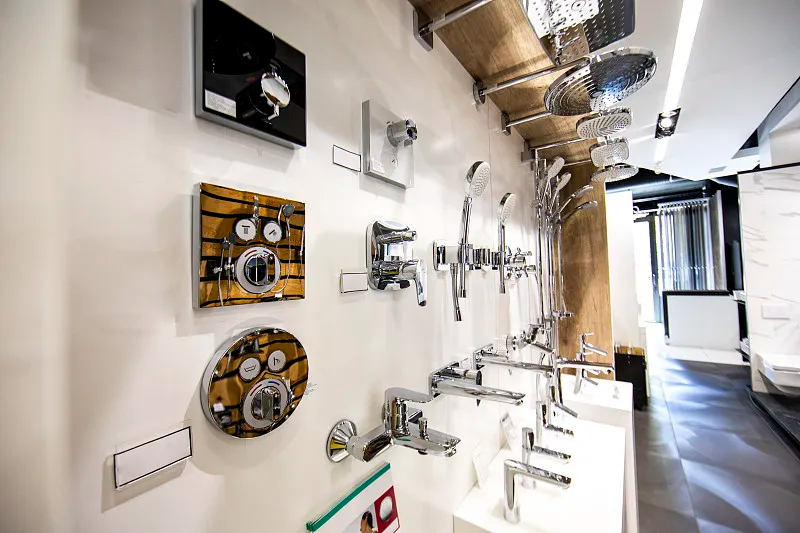
Rising Tariffs Reshape the Hardware Export Landscape
The US government’s announcement of “reciprocal tariffs” on Chinese imports has prompted China to implement a 34% tariff on all US-originated imported goods starting April 10. This trade conflict creates severe challenges for home furnishing companies exporting to the US, with virtually all categories—from furniture to bathroom fixtures, flooring to doors and windows—facing dramatically increased costs.
A supply chain earthquake is forming. What’s particularly concerning is the targeted nature of the Trump administration’s tariff policy. Not only has it blocked the direct export path of “Made in China” products to the US, but it has also eliminated the “indirect approach” strategy of transshipping through Southeast Asian countries. With 46% tariffs imposed on Vietnam and 49% on Cambodia, home building material enterprises that have established production capacities in Southeast Asia in recent years are similarly trapped in difficulty. As one industry insider candidly admitted: “How can we recover our initial investments from these years of strategic positioning?”
In February 2025, the US imposed an additional 10% tariff on Chinese goods, coupled with a 25% steel tariff (covering metal components like screws and bolts), resulting in higher export costs for bathroom hardware enterprises. Some companies have mitigated risks by adjusting their supply chains through transshipment trade or localized assembly, but high-end products such as smart faucets maintain export advantages due to technological barriers.
Markets beyond the US—European, Southeast Asian, other American regions, and Middle Eastern—all show varying degrees of growth trends. The bathroom hardware market consistently maintains stable growth, with popular products including high-end intelligent bathroom hardware, economical cost-effective hardware components, and mid-to-low-end affordable bathroom hardware pieces. So what is the current state of the global bathroom hardware market, and what future development trends can we expect? Let’s explore based on overseas data analysis of bathroom hardware exports.
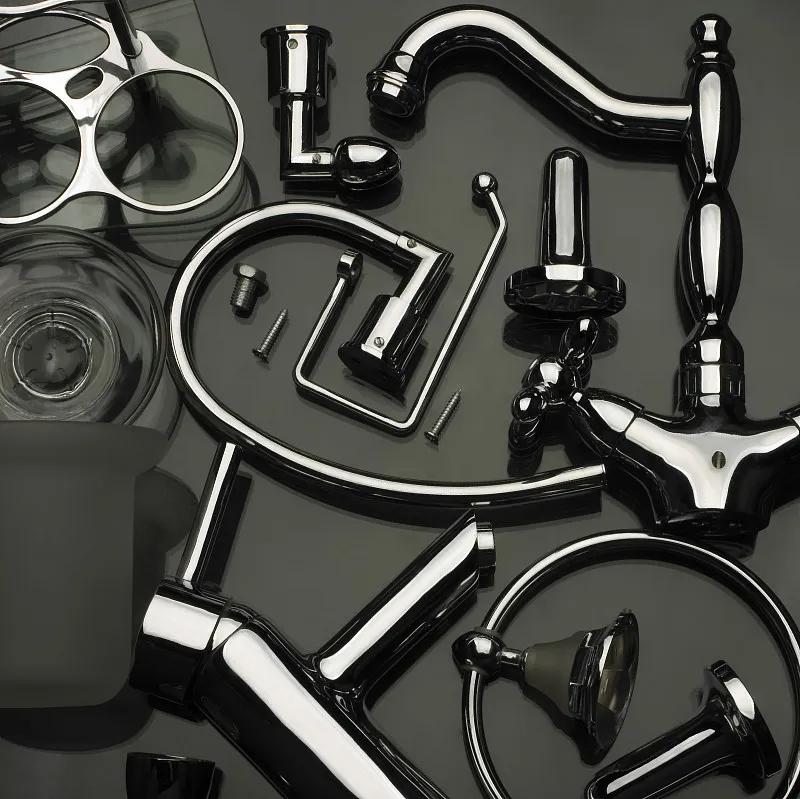
01: Global Bathroom Hardware Market Analysis
By product type, bathroom hardware can be divided into three major segments: bathroom faucets, bathroom accessories, and bathroom mirrors, with bathroom faucets holding the largest market share. According to Statista data, the bathroom faucet market size reached $15 billion in 2023. By material type, stainless steel accounts for approximately 35% of the bathroom hardware market, used for faucets, towel racks, and other accessories requiring high durability, while plastics represent a relatively smaller share at only 15%, commonly used in economy products and portable accessories.
The 2024 U.S. Bathroom Trends Research Report released by American home service website HOUZZ shows that respondents spent an average of $15,000 renovating bathrooms, higher than the previous year’s $13,500. In terms of products, faucets were most frequently replaced, followed by shower heads, countertops, sinks, and bathroom cabinets, all exceeding 70% replacement rates, while toilets stood at 64%.
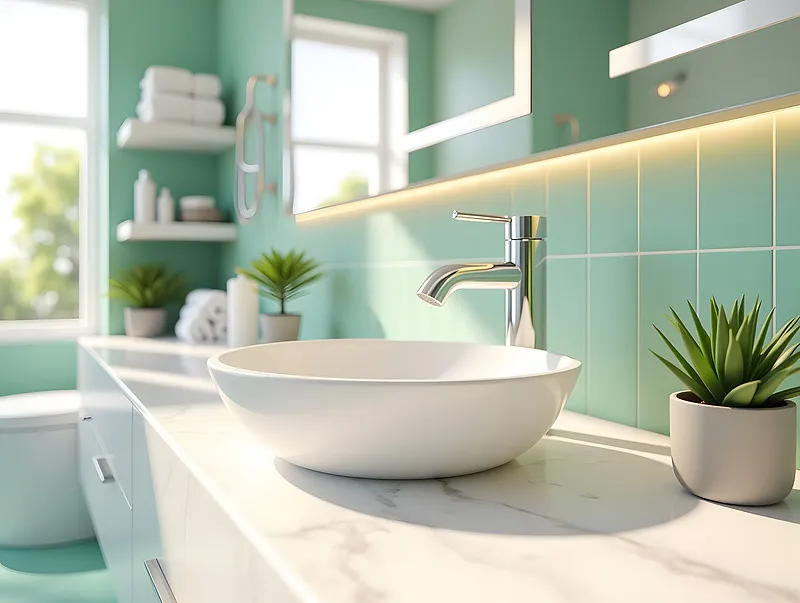
02: Consumer Trend Analysis
1. Smart Bathroom Products Gaining Popularity
The widespread application of intelligent manufacturing technology has become an important trend in the hardware industry. Smart faucets, smart toilets, and smart mirrors are increasingly favored by consumers for their automatic sensing, temperature adjustment, voice control, and other functions.
41% of respondents installed toilets with professional features (smart toilets). Regarding functions, cleaning features were most popular, with 23% of people choosing smart toilets for this capability, followed by adjustable water pressure at 21%, and automatic flushing at 19%. Other popular features include drying (17%), heated seats (17%), night lights (13%), and automatic opening/closing (10%).
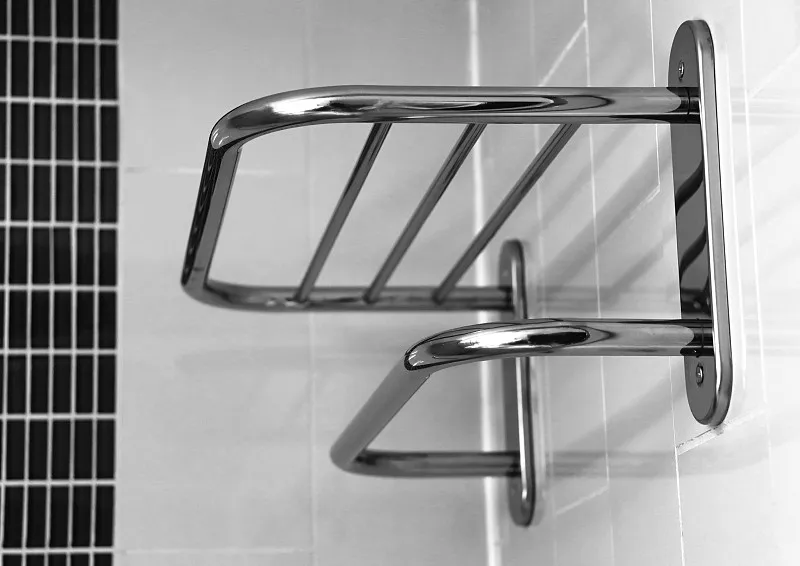
2. Water Conservation and Environmental Protection in Demand
86% of surveyed homeowners replaced their faucets, the highest proportion among all categories. 23% valued water-saving features, while 4% preferred touch operation.
With increasing consumer environmental awareness, the hardware industry is focusing more on developing and applying eco-friendly materials to reduce environmental impact. Products with non-toxic coatings, water-saving technologies, and environmentally friendly materials are seeing rapid sales growth, such as low-flow faucets and water-saving shower systems.
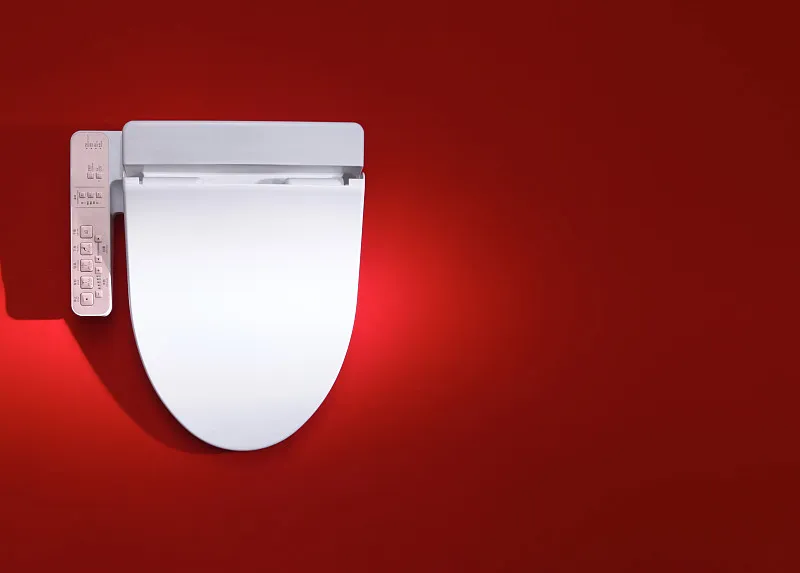
3. Finished Products and Compact Designs in Higher Demand
With accelerating urbanization and an increasing proportion of small residences, consumer demand for compact bathroom hardware products is growing. Additionally, small spaces have generated higher demand for multifunctional products, such as bathroom mirror cabinets with storage capabilities.
71% of surveyed homeowners replaced their bathroom cabinets. 57% chose finished products, 26% preferred custom or semi-custom products, and 13% selected assembled products. In terms of design, 63% chose products with external mirrors, while only 37% used products with integrated mirrors. Hidden outlets and anti-fog features were chosen by 23% and 14% of respondents, respectively.
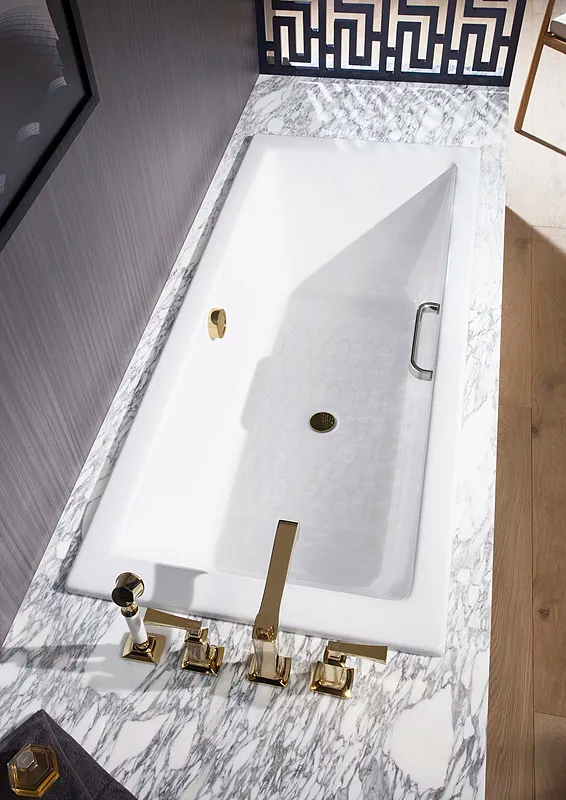
4. Age-Appropriate Renovation Products
Among homeowners undertaking renovations, 64% chose handrails to address aging-related issues, representing a year-on-year increase of 58%. Non-slip flooring is also a popular choice, though its share decreased slightly from 58% in 2023 to 57% in 2024. The proportion of homeowners introducing walk-in showers decreased from 43% to 38%. Additionally, the popularity of increased lighting declined from 33% to 27%.
According to Statista data, the global bathroom hardware market size will reach $128.3 billion in 2024 and is expected to maintain a compound annual growth rate of 2.51% between 2024 and 2028.
